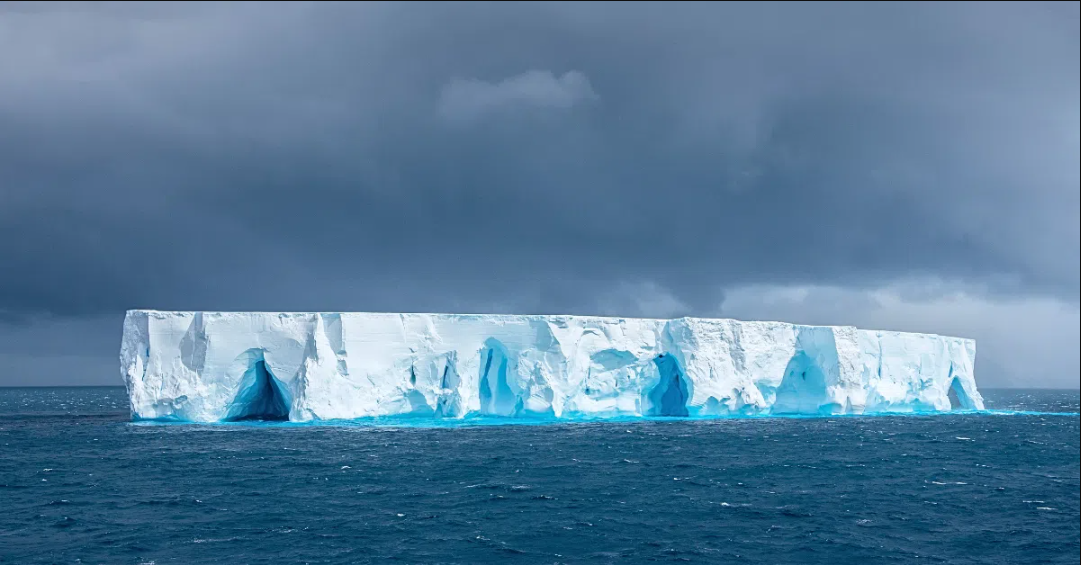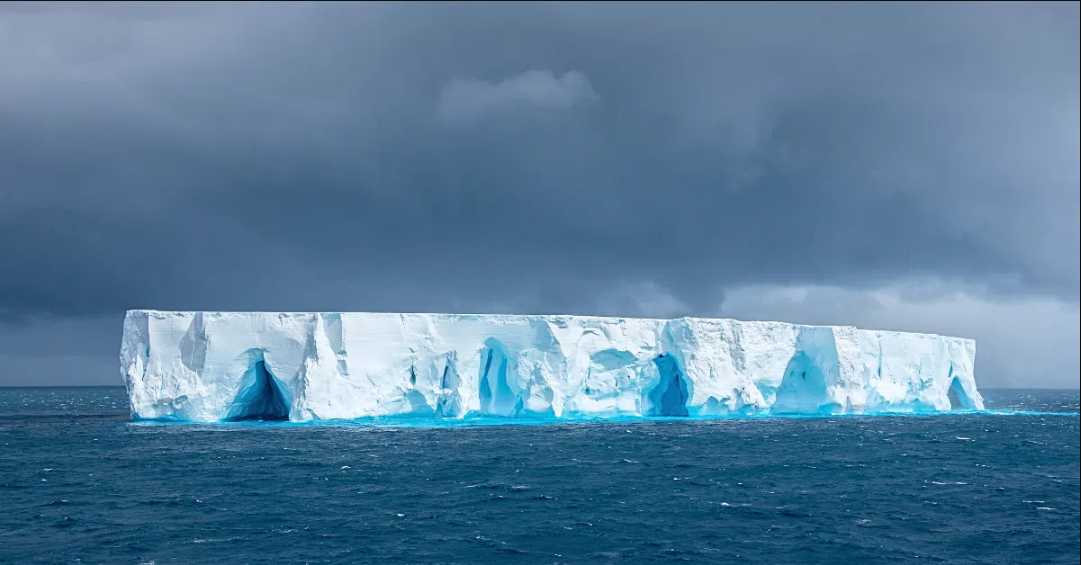世界上最大的冰山A23a在被困在威德尔海30多年后,再次开始漂流。
这座巨大的冰山重达近一万亿吨,面积是大伦敦的两倍,于1986年从南极洲的费尔奇纳冰架上分离出来,但一直搁浅在海床上,直到2020年开始向北漂移。
在获得自由后,A23a的运动一点也不简单。几个月来,冰山被一种叫做“泰勒柱”的罕见海洋现象固定住了。“泰勒柱”是一种由洋流与水下山脉相互作用引起的旋转漩涡。
这一不寻常的事件导致冰山被困,在一个地方旋转,最终逃脱并继续向北航行。
现在,A23a正被南极绕极流所携带,这是一股环绕南极洲的强大洋流。科学家估计,这座冰山将向南极以南的南乔治亚岛漂移。
在这里,它会遇到更温暖的海水,这可能会导致它***成更小的冰山,并最终融化。
科学家们正在密切监测A23a的运动,不仅是因为它的大小,还因为它对海洋生态系统的影响。像A23a这样的大型冰山对海洋环境很重要,因为它们在融化时会释放营养物质。
这些营养物质可以支持贫瘠水域中的海洋生物,使其成为繁荣的生态系统。
参与研究A23a的生物地球化学家劳拉·泰勒(Laura Taylor)讨论了这项研究的重要性。她的团队从冰山路径周围的不同地点收集了水样,包括冰山后面、冰山旁边和冰山路径前面。
这些样本将帮助科学家了解A23a如何影响海洋营养水平、海洋生物发育和碳循环。泰勒说:“我们知道冰山提供的营养物质可以刺激海洋中的生命,但这种大小和来源的冰山的具体影响尚不清楚。”
几十年来,A23a一直是南极水域的主要特征,在各个方面都拥有世界上最大冰山的称号。
尽管它的大小惊人,但科学家们解释说,它在1986年的破裂是南极洲冰架自然生命周期的一部分。
然而,全球气温上升加剧了该地区的变化,这引起了人们对冰架稳定性及其对海平面的长期影响的担忧。
英国南极调查局的Andrew Meijers博士讨论了对冰山路径的科学兴趣。他说:“看到A23a再次移动真是太棒了。了解其路线并观察其对周围生态系统的影响将提供关键的见解。”
随着A23a冰山向南乔治亚岛附近的温暖水域漂移,它最终将破裂并融化,进一步释放出大量的营养物质,为新的海洋生物提供支持,并为研究人员提供了一个难得的机会来观察如此巨大的冰山对生态的影响。
▲图源:网络,侵权必删
英文原文
A23a, the world’s largest iceberg, has started drifting again after being stuck for over 30 years in the Weddell Sea.
The massive iceberg, weighing nearly a trillion tonnes and measuring twice the size of Greater London, broke away from Antarctica’s Filchner Ice Shelf in 1986 but remained grounded on the seabed until it began drifting northwards in 2020.
After breaking free, A23a’s movement has been anything but straightforward. For months, the iceberg was held in place by a rare ocean phenomenon called a Taylor Column-a spinning vortex of water caused by ocean currents interacting with an underwater mountain.
This unusual event caused the iceberg to remain trapped, rotating in one spot before finally escaping and continuing its journey northward.
Now, A23a is being carried by the Antarctic Circumpolar Current, a powerful ocean flow that circles Antarctica. Scientists estimate that the iceberg will drift toward the sub-Antarctic island of South Georgia.
Here, it will encounter warmer waters, which will likely cause it to break apart into smaller icebergs and eventually melt.
Scientists are closely monitoring A23a’s movements, not just for its size but also for its impact on marine ecosystems. Large icebergs like A23a are important for the ocean environment as they release nutrients when they melt.
These nutrients can support marine life in otherwise barren waters, turning them into thriving ecosystems.
Laura Taylor, a biogeochemist involved in studying A23a, discussed the importance of this research. Her team collected water samples from different points around the iceberg’s path- behind it, alongside it, and ahead of its route.
These samples will help scientists understand how A23a influences ocean nutrient levels, marine life development and carbon cycles. “We know icebergs deliver nutrients that stimulate life in the ocean, but the specific effects of icebergs of this size and origin and still unclear, Taylor said.
A23a has been a dominant feature in Antarctic waters for decades, holding the title of the world’s largest iceberg at various points.
Despite its staggering size, scientists explain that its breaking in 1986 was part of the natural life cycle of Antarctica’s ice shelves.
However, rising global temperatures have fastened the changes in the region, which has raised concerns about the stability of ice shelves and their long-term impact on sea levels.
Dr Andrew Meijers from the British Antarctic Survey discussed the scientific interest in the iceberg’s path. “It’s fascinating to see A23a moving again. Understanding its route and observing its effects on the surrounding ecosystem will provide critical insights,” he said.
As A23a drifts towards warmer waters near South Georgia, it will eventually break-up and melt further releasing vast amounts of nutrients, supporting new marine life and giving researchers a rare opportunity to observe the ecological influence of such a large iceberg.
免责申明:本文根据NDTV, Interesting Engineering等内容整理,如有误差,以英文为准;仅代表作者观点,不代表中国海员之家立场。其真实性及原创性未能得到中国海员之家证实,在此感谢原作者的辛苦创作,如转载涉及版权等问题,请作者与我们联系,我们将在第一时间处理,谢谢!联系邮箱:cnisu@54seaman.com


 联系我们人工客服
联系我们人工客服



















 :1391995811
:1391995811


评论 (0人参与)